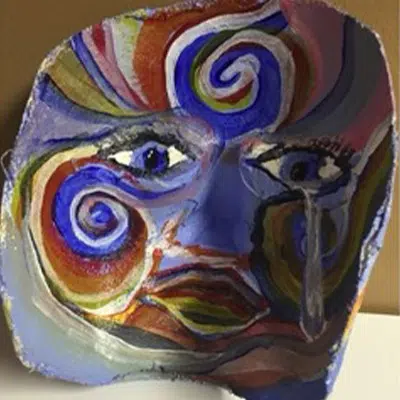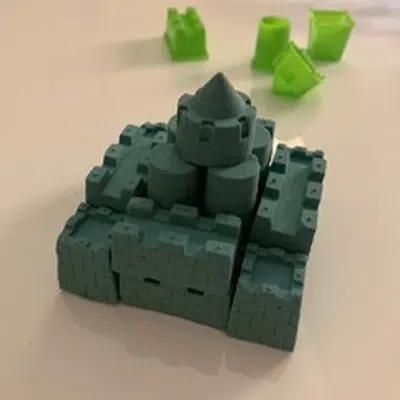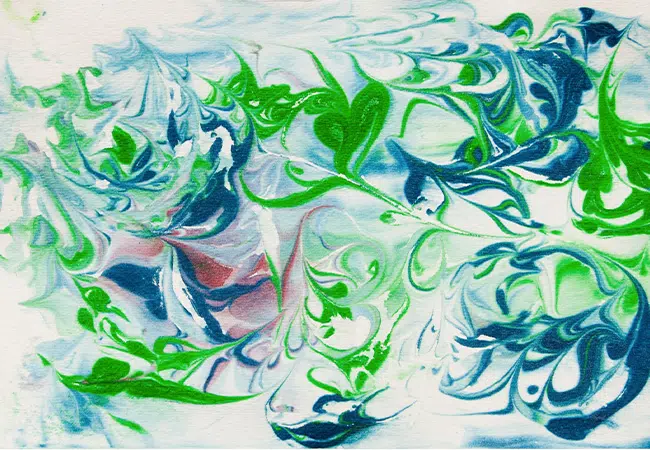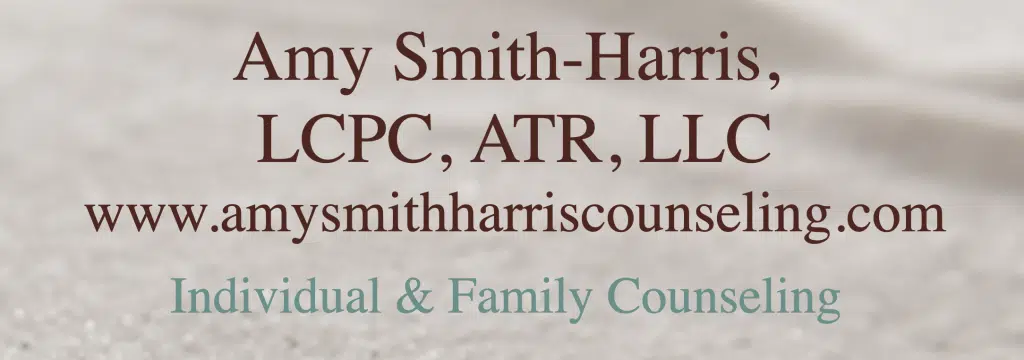As we broaden our awareness of mental health this month, we continue learn more about different types of therapies and how it can benefit our mental wellness.
We sat down with Amy Smith-Harris, LCPC, ATR who owns and operates her private practice Amy Smith-Harris Individual & Family Counseling in Springfield, IL to learn more about Art Therapy and how it can help your mental health.
What is Art Therapy?
Art therapy is a mental health approach in which clients, with the support of an art therapist, use the creative process of art making to:
- identify and express their feelings
- explore and resolve emotional conflicts
- foster self-awareness
- manage behavior
- develop social skills
- reduce anxiety
- increase self-esteem
The goal of Art Therapy is to elicit a client’s natural ability for art making to improve their physical, mental, and emotional well-being.

Inside Mask

Outside Mask

Anger Volcano

Kinetic Sand Sculpture
What is an Art Therapy Practice?
An art therapy practice requires knowledge of visual art (drawing, painting, sculpture, and other art forms) and the creative process. It also requires knowledge of human development, psychological, and counseling theories and techniques.
Art therapy is practiced in a wide variety of settings:
- hospitals
- psychiatric and rehabilitation facilities
- wellness centers
- schools
- crisis centers
- senior communities
- private practice
- other clinical and community settings

Marble Painting
Who can benefit from art therapy?
Research supports the use of art therapy for individuals who experience
- illness
- trauma
- mental health problems
- those seeking personal growth
Art therapy can be offered in individual, couples, family, and group therapy formats.
Art therapy is effective with diverse populations. Including individuals who are experiencing/have:
- developmental, medical, educational, and social or psychological impairment
- adverse physical health conditions such as cancer, traumatic brain injury, and other health disability
- autism, dementia, depression, and other disorders
- survived trauma resulting from combat, abuse, and natural disaster
Why is art therapy effective?
- It helps the client feel safe to open up when they are focused on creating.
- Art gets through our defenses more quickly.
- It gives the client and the therapist something concrete to discuss.
- It allows the client(s) to see their issue/problem in a new way.
- It is a way to externalize the problem and safely discuss something that may otherwise be threatening.
- It can sometimes allows for transformation of something painful to something beautiful.

Comfort Collage
Can you tell us more about your background and private practice?
I have a private practice in Springfield, IL. I have been in the counseling and art therapy field since 1997. I work with individuals, couples and families in counseling. I see clients ages 6 and up.
I have my Bachelors in Psychology from NIU and my Masters in Art Therapy from SIUE. I am a Registered Art Therapist (ATR) and I am also a Licensed Clinical Professional Counselor (LCPC), which allows me to be reimbursed by insurance companies for my
services.
What does it take to become an Art Therapist
To become a Registered Art Therapist, you have to get a Masters degree in Art Therapy and you have to have clinical experience with supervision. Check out American Art Therapy Association for more information.
217-390-6548
1115 Krell Drive, Springfield,IL
info@amysmithharriscounseling.com

